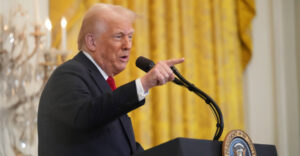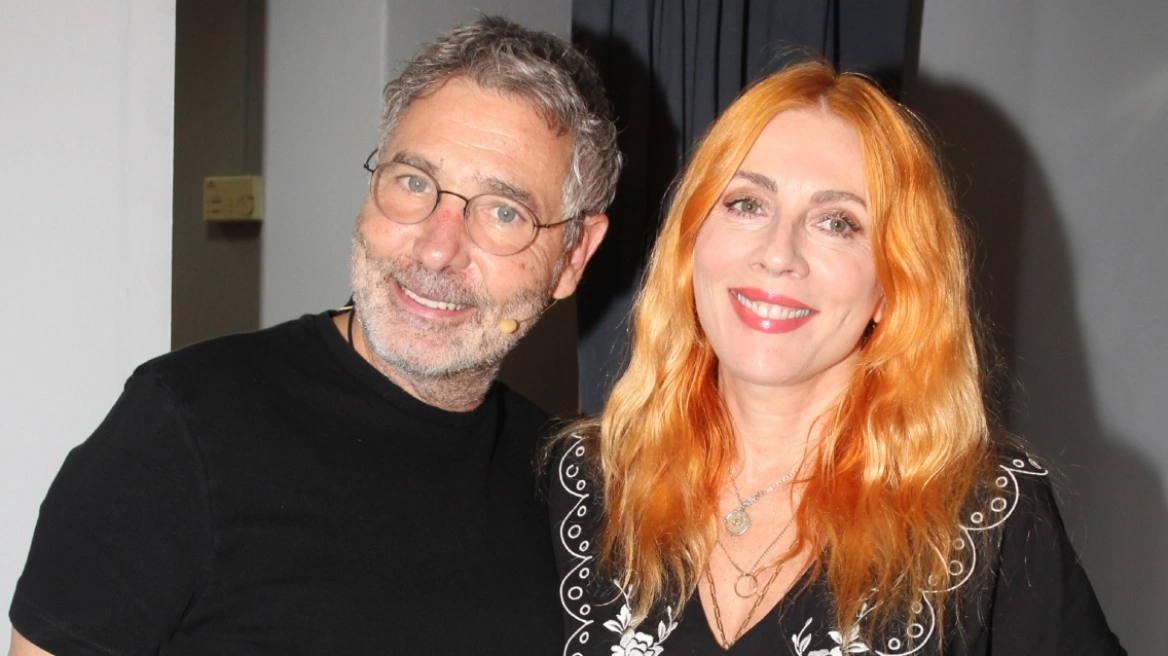Fears of a global trade war cast a heavy shadow on Asian stock markets that dramatically widened losses as US tariffs fueled a risk-reducing mood among investors.
Markets in Hong Kong led the losses in the region, with the Hang Seng index down 10.37%. Meanwhile, mainland China’s CSI 300 fell 6.31%. In Japan, the key Nikkei 225 index lost 6.39% to an 18-month low, while the broader Topix index fell 6.50%. Earlier in the day, trading in Japanese futures was suspended. In South Korea, the Kospi index was last down 4.74%, while the small-cap Kosdaq fell 4.01%.
Australia’s S&P/ASX 200 index extended losses to 3.87%. The benchmark index slipped into correction territory with an 11% drop from its last high in February in the previous session. India’s benchmark Nifty 50 index fell 3.85% at the open, while the broader BSE Sensex was down 5.29%.
US futures fell as investors’ hopes were dashed that the Trump administration will have successful negotiations with countries to cut interest rates.
Meanwhile, US oil prices retreated below $60 a barrel on Sunday in the US. Futures linked to US West Texas Intermediate crude fell more than 3% to $59.74, their lowest level since April 2021. Trump’s top economic officials dismissed any fears of inflation and recession, saying the tariffs will persist no matter what the markets do.
Trump: “Sometimes you have to take your medicine”
The US president himself tried a few hours ago to downplay the panic in international stock markets by likening the situation to taking “medicine”, in this case to cure pathologies in the US economy.
Speaking to reporters on board the presidential aircraft, as online trading foreshadowed another spectacular fall in Wall Street today, Trump assured that his country is “much stronger” after announcing his measures, while assuring that the stock market drop was not something he intended.
President Trump revealed that over the weekend he spoke “with many Europeans, Asians, all over the world“. “They all desperately want us to make a deal,” he gloated. Asked about the possibility of negotiating a free trade agreement – in other words, a tariff-free deal – between the US and the EU, as suggested by his adviser and ally Elon Musk, President Trump reiterated that in his view “Europe made a fortune on our backs and treated us very badly.” “They want to have a discussion but there will be no discussion as they don’t give us much money on an annual basis” by buying American goods, he asserted.
Recall that US stocks suffered a short selloff last Friday after China retaliated with new tariffs on US goods, sparking fears of a global trade war that could lead to a recession in the world’s largest economy.
The Dow Jones fell 2,231.07 points, or 5.5%, to 38,314.86 points on Friday, the biggest drop since June 2020 during the pandemic.
The S&P 500 plunged 5.97% to 5,074.08 points, the biggest drop since March 2020.
Meanwhile, the Nasdaq Composite, which tracks many tech companies that sell to China and also manufacture there, fell 5.8% to 15,587.79 points. So the index is down 22% from its December record, effectively a bear market in Wall Street parlance.
The rise in the VIX reveals global panic in equity markets
At a time when stock market declines are accelerating around the world, the Fear Index shows that the U.S. is leading the way, Bloomberg reports.
A rise in the Cboe Volatility Index last week drove the index of expectations for U.S. stock moves to its highest level since the early days of Covid 2020, compared with similar measures from India, South Korea and Australia. The VIX reached its highest level this year relative to the European VStoxx index and the HSCEI volatility index of the largest Chinese companies traded in Hong Kong.
The VIX is now at its highest level since March 2020 versus second-month futures, BTIG Plc technical strategist Jonathan Krinsky wrote in a note dated Sunday.
“Markets often move beyond what many consider likely or possible,” he said, adding that a further drop in the U.S. stock market “seems likely” for today, Monday.
He noted that the 200-week average for the S&P 500 index is about 8 percent below Friday’s low and that the index has had only two “sustained breaks” below that level in the past 40 years: during the bear market at the turn of the century and during the 2008-2009 financial crisis.
And as for the inversion of the VIX curve, “while it can always become more extreme, it is currently in the panic zone,” Krinsky wrote.
Ask me anything
Explore related questions





